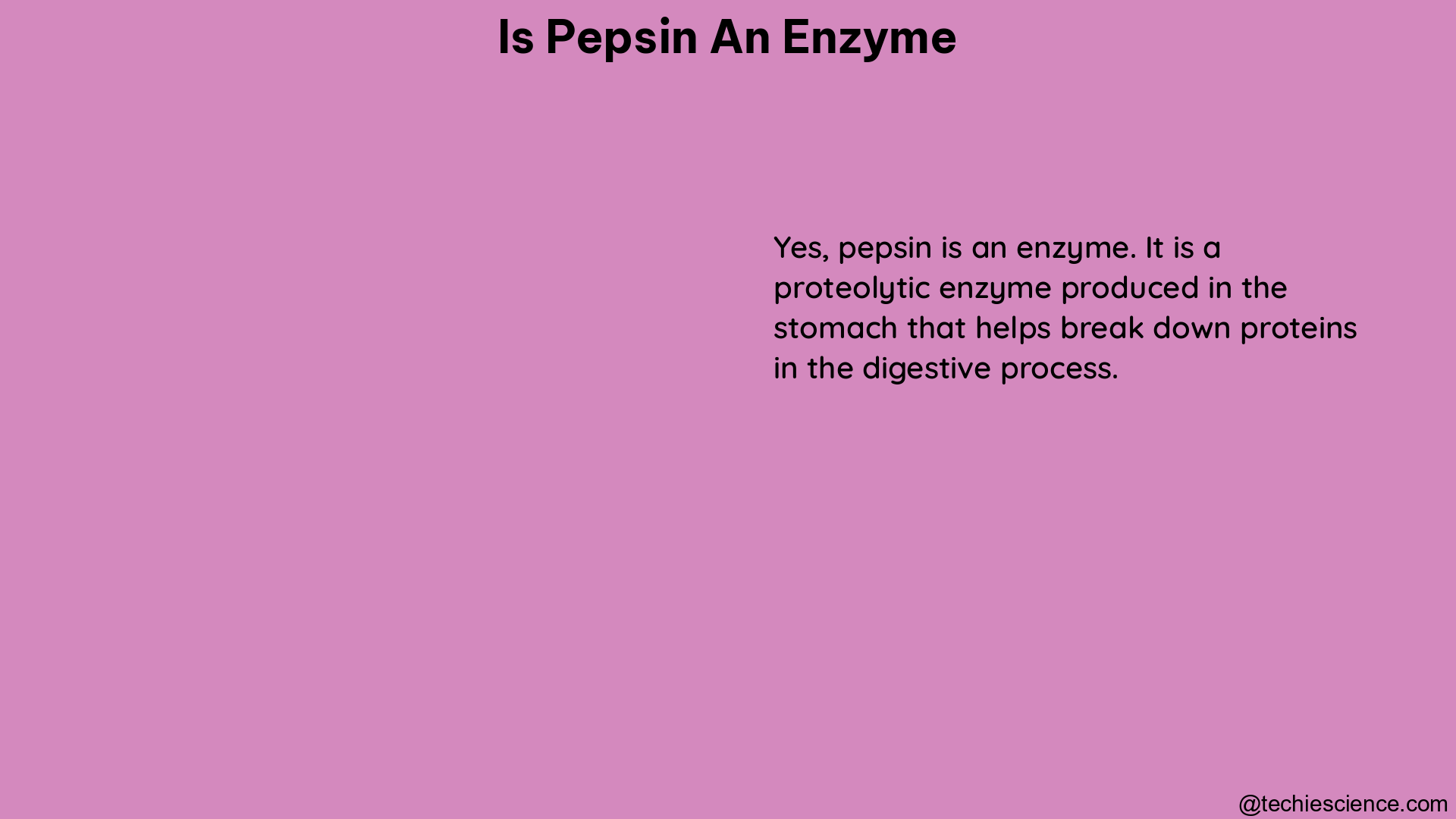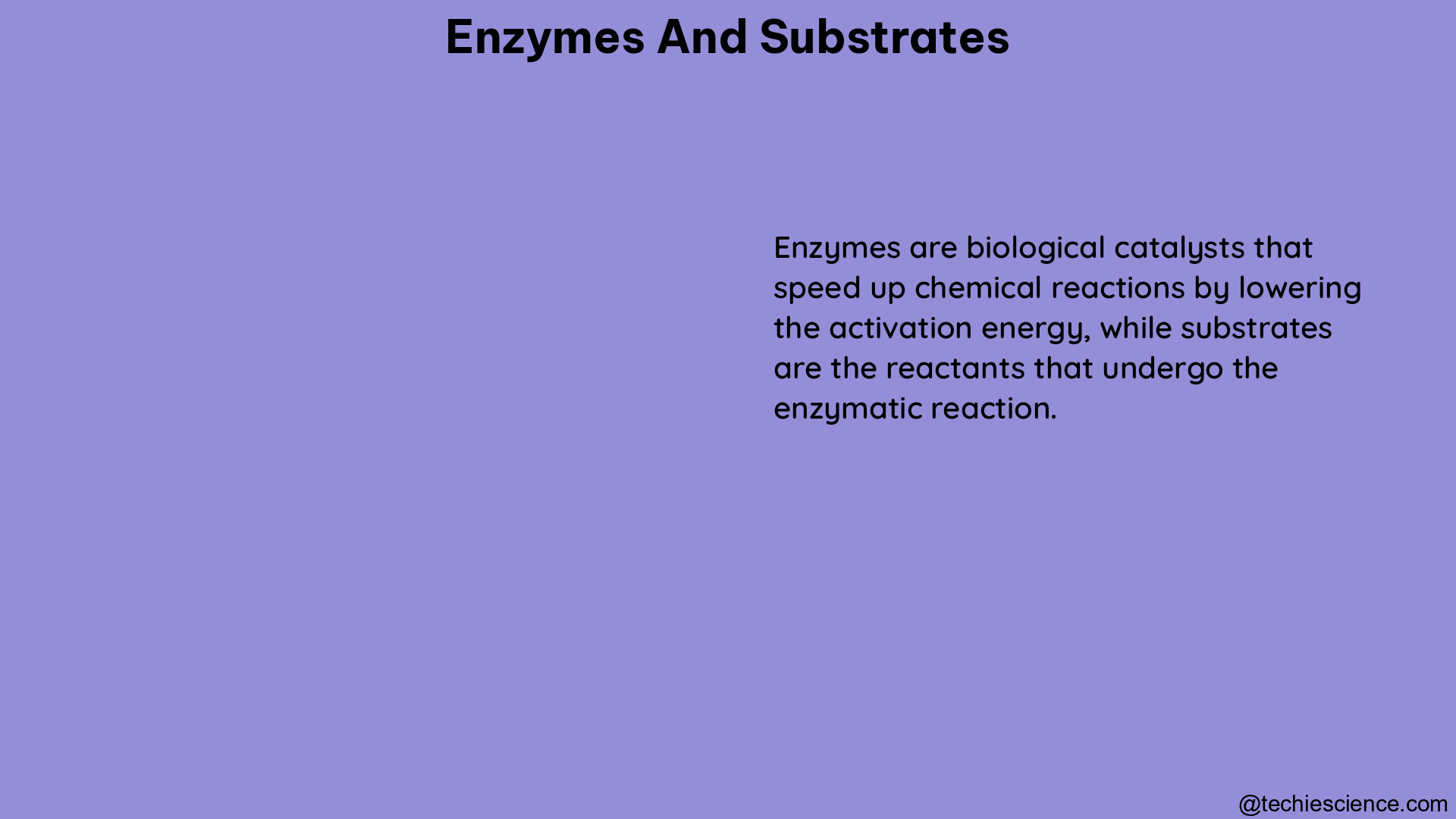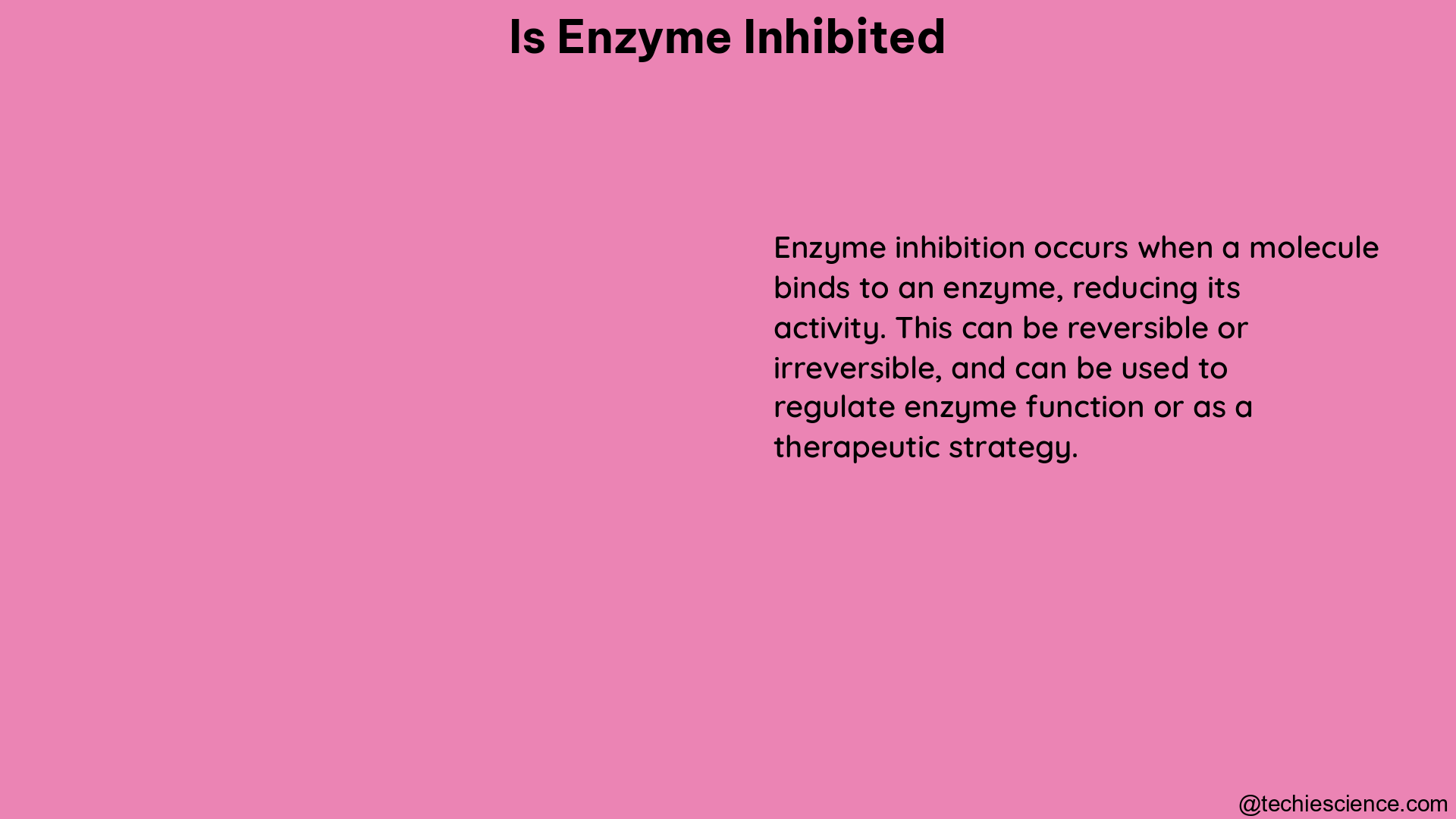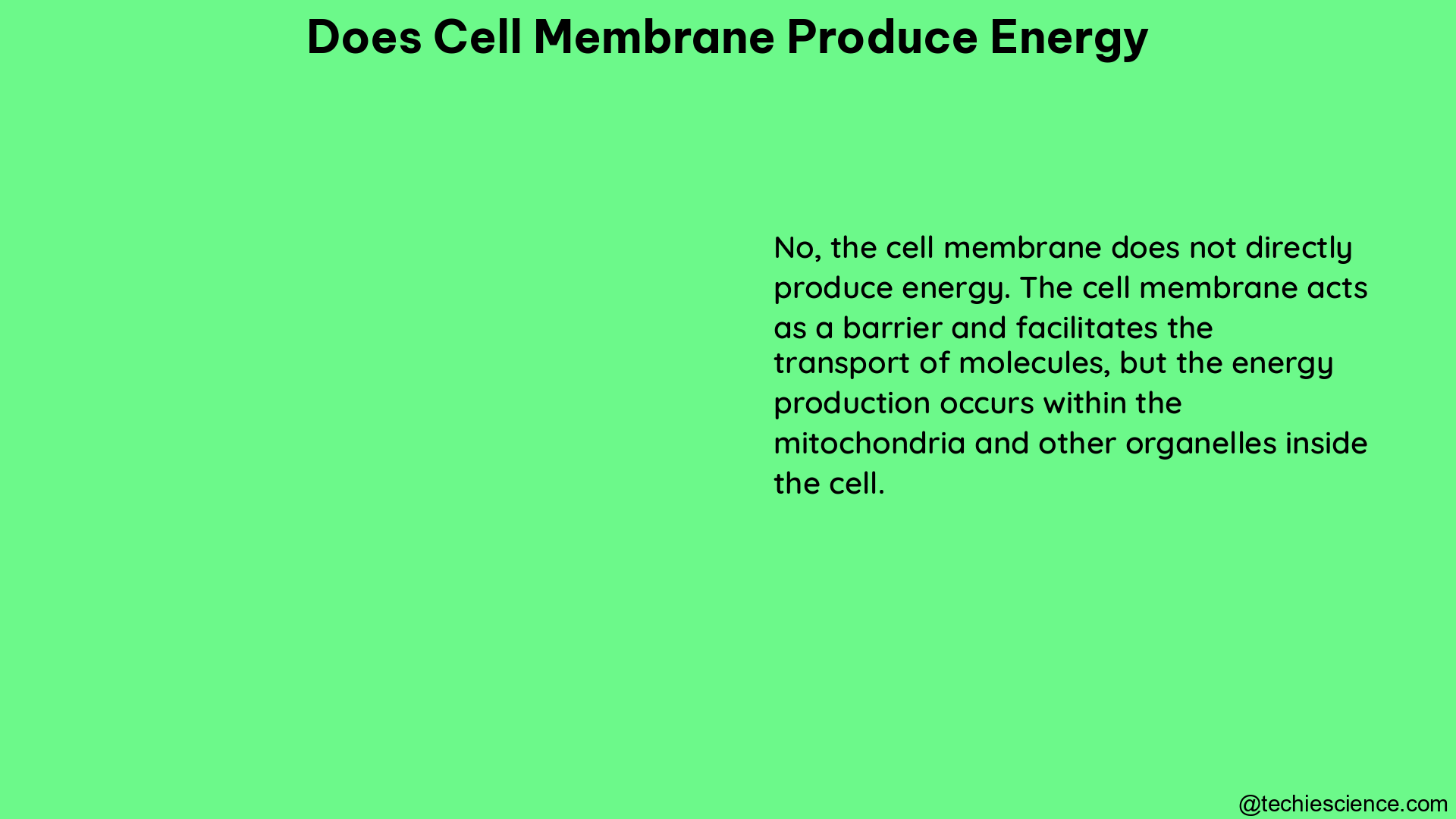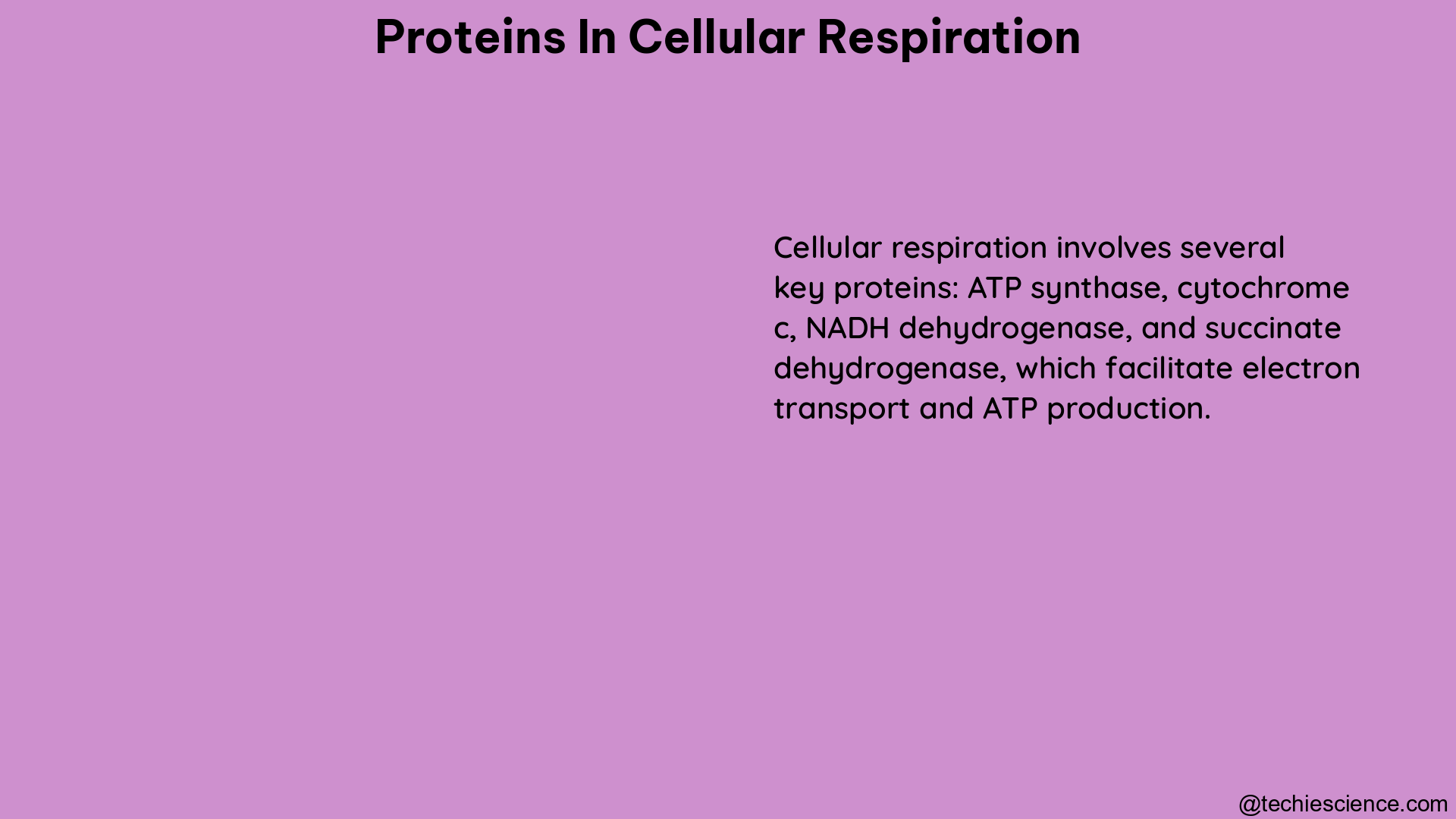Bromelain is a complex mixture of enzymes found primarily in the stem, core, peel, and crown of pineapples (Ananas comosus). It is a well-known and widely studied enzyme with a broad range of applications in various industries, including medicine, food processing, and biotechnology. In this comprehensive guide, we will delve into the details of bromelain, its properties, and its diverse applications.
What is Bromelain?
Bromelain is a proteolytic enzyme, meaning it has the ability to break down proteins. It is a mixture of several endopeptidases, which are enzymes that cleave peptide bonds within the protein molecule. Bromelain is often quantified by its strength rather than its pure milligram weight, using methods such as Fédération Internationale Pharmaceutique (FIP) units in Europe or milk-clotting units (MCUs) or gelatin-dissolving units (GDUs) in the United States.
The enzyme activity of bromelain in Ananas comosus extract has been measured using the GDU (Gelatin Digesting Units) method. At a concentration of 10-50 M, the enzyme activity of gelatin hydrolysis was found to be 1000 GDU/g. This indicates the potent proteolytic activity of bromelain, which can effectively break down gelatin, a protein-based substrate.
Bromelain’s Substrate Spectrum

Bromelain has a remarkably broad substrate spectrum, capable of hydrolyzing a wide range of substrates, from synthetic low-molecular-weight amides and dipeptides to high-molecular-weight substrates such as fibrin, gelatin, casein, and bradykinin. This versatility makes bromelain a valuable enzyme in various applications.
Synthetic Substrates
Bromelain can effectively hydrolyze synthetic low-molecular-weight amides and dipeptides, demonstrating its ability to cleave specific peptide bonds within these substrates. This property is particularly useful in the development of diagnostic assays and in the study of bromelain’s catalytic mechanisms.
Protein Substrates
Bromelain’s proteolytic activity extends to high-molecular-weight protein substrates, such as fibrin, gelatin, casein, and bradykinin. Fibrin is a key component of blood clots, and bromelain’s ability to break down fibrin contributes to its anti-inflammatory and wound-healing properties. Gelatin and casein are also common protein substrates that bromelain can effectively hydrolyze, as evidenced by the GDU and MCU quantification methods.
Bromelain’s Biological Activities
Bromelain exhibits a wide range of biological activities, including immune-modulating and anti-inflammatory effects, which contribute to its therapeutic applications.
Immune-Modulating Effects
Bromelain has been shown to influence various aspects of the immune system, including the modulation of cytokine production. Cytokines are signaling molecules that play a crucial role in regulating immune responses. Bromelain’s ability to modulate cytokine levels can have implications in the management of inflammatory conditions and immune-related disorders.
Anti-Inflammatory Effects
Bromelain’s anti-inflammatory properties are well-documented. It can inhibit the formation of inflammatory mediators, such as prostaglandins and leukotrienes, and reduce platelet aggregation, which contributes to its wound-healing abilities. These anti-inflammatory effects make bromelain a valuable therapeutic agent in the management of various inflammatory conditions.
Wound Healing
Bromelain’s proteolytic activity and its ability to modulate inflammation and fibrin formation have been shown to enhance wound healing. By breaking down fibrin, bromelain can help improve blood flow and reduce swelling, thereby promoting the healing process. This property has led to the use of bromelain in various wound care products and as a complementary therapy for wound management.
Factors Affecting Bromelain’s Activity
Like most enzymes, bromelain’s activity can be influenced by various factors, such as temperature and pH.
Temperature
The enzyme activity of bromelain can be affected by temperature. The study on the enzyme activity of bromelain in Ananas comosus extract found that the boiled pineapple juice presented data that went against the principle of bromelain breaking down gelatin. This indicates that heat denaturation can impact bromelain’s catalytic effectiveness, as high temperatures can disrupt the enzyme’s three-dimensional structure and compromise its functionality.
pH
The pH of the environment can also influence bromelain’s activity. Bromelain typically exhibits optimal activity in a slightly acidic to neutral pH range, around 5.5 to 7.5. Deviations from this optimal pH range can lead to a decrease in bromelain’s catalytic efficiency.
Applications of Bromelain
Bromelain’s diverse properties and activities have led to its widespread use in various industries and applications.
Medicinal Applications
In the medical field, bromelain is used for its anti-inflammatory, anti-edema, and fibrinolytic (blood-thinning) properties. It has been studied for its potential in the management of various conditions, such as osteoarthritis, sports injuries, and post-surgical swelling and inflammation.
Food Processing
Bromelain’s proteolytic activity makes it a valuable enzyme in the food industry. It is used in the production of certain dairy products, such as cheese, where it can help in the coagulation and hydrolysis of milk proteins. Bromelain is also employed in the tenderization of meats, as it can break down tough muscle fibers.
Biotechnology
In the biotechnology sector, bromelain finds applications in the production of various biopharmaceuticals and diagnostic reagents. Its ability to hydrolyze specific peptide bonds can be leveraged in the development of targeted drug delivery systems and the purification of recombinant proteins.
Cosmetic and Personal Care
Bromelain’s anti-inflammatory and exfoliating properties have led to its use in cosmetic and personal care products. It is often incorporated into skincare formulations, where it can help improve skin texture and reduce the appearance of blemishes.
Conclusion
In conclusion, bromelain is a complex and versatile enzyme found in pineapples that has a wide range of applications and biological activities. Its proteolytic properties, immune-modulating effects, and anti-inflammatory capabilities make it a valuable enzyme in various industries, from medicine to food processing and biotechnology. Understanding the factors that influence bromelain’s activity, such as temperature and pH, is crucial for optimizing its use and harnessing its full potential.
References
- De Lencastre Novaes, L.C., Jozala, A.F., Lopes, A.M., Santos-Ebinuma, V.C., Mazzola, P.G. and Pessoa, A. (2016). Enhancing Bromelain Recovery from Pineapple By-Products. NCBI, [online] 2024-02-15. Available at: https://www.ncbi.nlm.nih.gov/pmc/articles/PMC4767538/.
- “Pineapple Enzyme (Bromelain).” Restorative Medicine, accessed 2024-07-09, https://www.restorativemedicine.org/library/monographs/pineapple-enzyme-bromelain/.
- Maurer, H.R. (2001). Bromelain: biochemistry, pharmacology and medical use. Cellular and Molecular Life Sciences, 58(9), pp.1234-1245.
- Nguyen, W. (2018). Enzymatic Functioning in Bromelain from Pineapple Juice. UK Essays, [online] 2018-04-16. Available at: https://www.ukessays.com/essays/biology/enzymatic-functioning-in-bromelain-from-pineapple-juice-biology-essay.php.
- Rowan, A.D., Buttle, D.J. and Barrett, A.J. (1990). The cysteine proteinases of the pineapple plant. Biochemical Journal, 266(3), pp.869-875.
